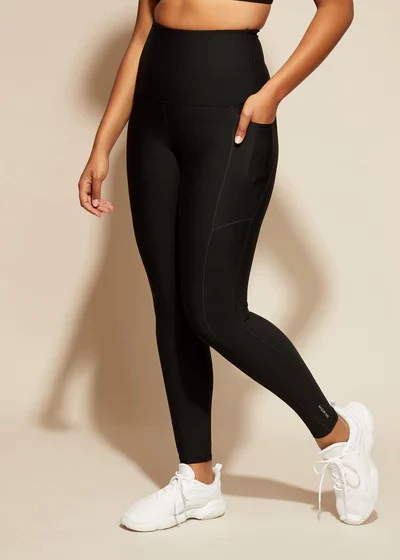Few of you remember what it was like to wear tights. Most certainly, someone else bought your childhood tights. The first time you wore underpants may have been throughout your adult years. Tights are one of those things that everyone has worn before. Keeping the following tips in mind will ensure a seamless experience. What do you need to know before buying your first pair of tights?
Tights: What should you know about them before buying one.
The following ten ideas should be familiar to anyone purchasing tights for the first time:
- There are many different sizes of tights. Women of all sizes may wear only size tights since they are affordable. On the other hand, the fitting won’t be as accurate (hence the price). It would be best to try to get tights that different people can wear. Keep in mind that tights come in a variety of sizes.
- Always consult the size guide before making a stocking purchase. The back of stocking packets always has a sizing chart. Size charts are offered on all goods so customers can evaluate which tights are best suited for their height and build before placing an order.
- The expense of a pair of high-end tights comes with both style and comfort. It’s not a product or service name or slogan. An excellent pair of designer tights will be a much better fit. Once you start wearing designer tights, you can’t go back!
- There is a seam in every stocking! Because of how tights are constructed, there is a seam under your toes. A pair of underwear known as “seamless tights” has no visible seams inside the short region.
- Depending on the shoe you’re wearing, you have a variety of toe possibilities. If you want to wear your tights with sandals or peep-toe shoes, look for a pair with an open-toe. Toe reinforcement is not included in sandal toe tights.
- Ladder-proof tights are a thing now. However, these tights will not sag, but they risk having holes. Individuals who have never worn tights before are a fantastic option. Stepping up a denier ladder is also more difficult as denier significance increases.
- A denier is explained as the weight of the fabric your tights are made of. Your tights will feel more thicker and heavier to touch if they have a higher denier count. Tights that feel fragile to touch will have a lower denier. The higher the denier, the thicker is the fabric. The lower the denier, the thinner a piece of fabric will be. Almost every product site provide this information even if you don’t notice it on the package of the socks.
- To clarify, sheer to the waist does not indicate sheerness. The short and the thigh-high sock are both composed of the same material. The sheer-to-the-waist tights market has a wide range of deniers.
- Knowing the difference between supportive and shaping tights is vital. Shape-forming tights, as opposed to leg compression tights, provide belly and thigh contouring in addition to compression. Structuring tights are just regular tights with a built-in shapewear component.
- Anyone can wear tights. In addition to women, males wear tights for several reasons. Manufacturers are now developing longer and larger sizes to fulfil the needs of a broader spectrum of clients since they are aware of this trend.












